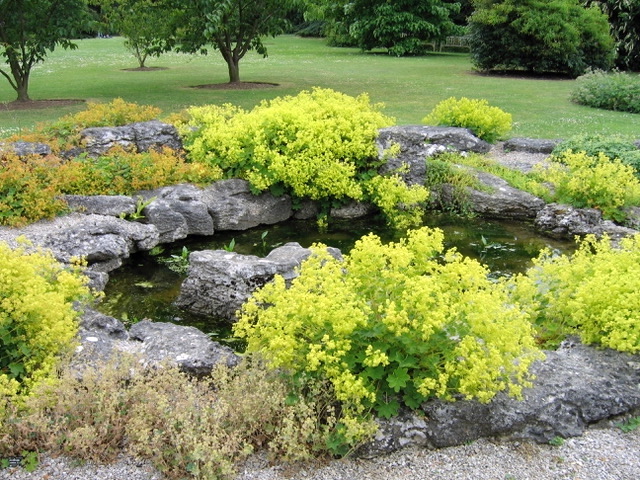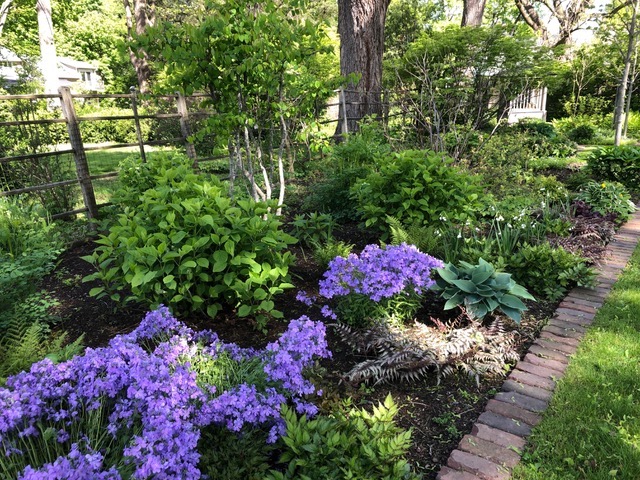By this time of year the gardener is usually able to report a noticeable change in the garden, but often the change is in the soul of the gardener and not the garden itself. After a mild day or two we convince ourselves that it is the beginning of the new gardening year. In Manhattan, a few weeks earlier than in Rhinebeck, daffodils will soon be poking their noses through the soil of street-side tree pits, cozying up to the warmth coming from the pavement.
If you are dreaming of a cottage in the country with a garden and you wish to be disabused of the idea, now is the time to go house hunting. After the snow melts a March walk through a garden can be sobering. Rhododendrons are still shrouded in burlap. Small piles of debris are everywhere. Anything cut and left on the ground can be cleared away, but most of the larger material is still frozen. Water has pooled and iced in low-lying areas. Pots the owner didn’t get around to emptying and storing in September are still there, likely frozen and cracked.
April 1 is the real start of the gardening year, and March merely the wind-up. With all its climatic vagaries, March does manage to offer one definitive idea: Winter is over. If you walk in the woods you will soon hear the spring peepers. Farmers say that after they have been heard three nights in a row, spring is here to stay.
To help you through the winter, if you have an empty corner or a small wooded swath, consider the Snowdrop, Galanthus nivalis. Garden writers love them, because it provides material when there is nothing else to write about. Snowdrops give you something to look for when all else is still dormant, and leaves you free of worry about late frosts. They are among the toughest of plants and if laid low by a late winter storm, will bounce right back.
If you have been wise enough to plant snowdrops, and are on your muddy knees admiring your handiwork at eye level where they can best be seen, you will be happy to know that you can expand your crop by dividing as soon as the soil warms up enough to work, even though the snowdrops are in full bloom. The conventional wisdom is that bulbs can be transplanted only when dormant, but that is not the case here. If you wait until autumn there will be no trace of them above ground, and you will have forgotten where they were planted.
The main danger to your flower borders in the winter months is the ground’s alternate freezing and thawing. This does not happen where there is a guaranteed blanket of snow all winter, but in our more temperate areas you will often see plants heaved out of the ground by alternate freezing and thawing. If you see this in your garden make notes to prevent it next year by heavy winter mulching. Almost any mulch will do – straw, salt hay, evergreen boughs, compost or buckwheat hulls are all fine. Just make sure to wait until the ground freezes before laying mulch.
March is the month when I review my notes from the fall and remind myself of successes and failures. If a new plant has not performed to my expectations, I will give it another year or two to take hold. A poor freshman performance should not be a death sentence. I, however, find it difficult to follow my own advice, wavering between a plant that just needs a little more time, and one that never should have been acquired in the first place.
If spring is not coming soon enough for you, and snowdrops fail to cheer you, visit the annual New York Botanical Garden Orchid Show, blooming in the Bronx at 2900 Southern Boulevard, until April 23rd. It will help you get through these weeks until spring really arrives.



















